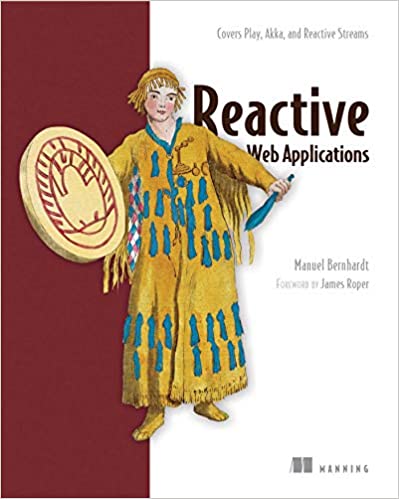I most agree with JDG here. Lots of things are worth tracking in types, but I don’t think sync/async distinctions is one of them.
Let’s go back to the fundamentals; why dont people just spawn threads? One thread per Future? One thread per Actor? A lot of early Scala libraries did this. Why didn’t it work?
The basic issue with this approach here is one of performance and resource footprint: threads are expensive, context switching is expensive, so you typically won’t want to have more than O(1,000) threads in an application that may have O(100,000,000) objects. Thus people invented async to try and multiplex workflows onto a small number of threads, to reduce the performance and resource footprint concerns.
But in the end, the problem with threads is not semantics, but performance! All the libraries and frameworks around async is to try and make “async code” look exactly like “direct style” threaded code, because semantically that’s what people want. People invented “async backpressure”, because they no longer can rely on blocking to slow down upstream producers. Everyone wants the semantics of threads, but without their cost issues.
Consider another data point: threads are avoided in the JVM in high performance IO-bound use cases in favor of async, but they’re not avoided in languages like Python, where they are the preferred mechanism for IO bound operations. Why? Because everything else in Python is so expensive enough that threads are comparatively cheap! Again, this emphasises that avoiding threads is a performance/cost/footprint issue, and not an issue of programming semantics
Loom, by and large, fixes the cost of threads, and makes them cheap. You can now spawn O(10,000,000) threads without issue. Suddenly the whole reason for async goes away! Futures are still useful as a programming model, as are Actors, but they no longer need to be async. They can have a thread each, they can block sometimes, no problem at all. No need for async.
Thus, given the JVM has Loom, I wouldn’t think it’s worth it to integrate a compiler-level async functionality at this point. Async was important in the past, in some high performance use cases. That use case has largely been satisfied by Loom, in a much better way. Even without Loom, I would argue that it doesn’t quite meet the threshold of building into the language, and anyway all the implementations/proposals presented so far (including this one!) have so many limitations around HOFs as to be mostly un-adoptable. I say this as someone who tried in earnest to adopt Scala-Continuations back in 2012
Scalajs is cool - I am literally the world’s biggest proponent of Scalajs - but I don’t think such a major investment just for Scalajs is worth ir. Furthermore, if we’re willing to invest 7pax times 5 years of effort in Scalajs, there are a million other things the project could benefit from more than an async CPS tranformation.
